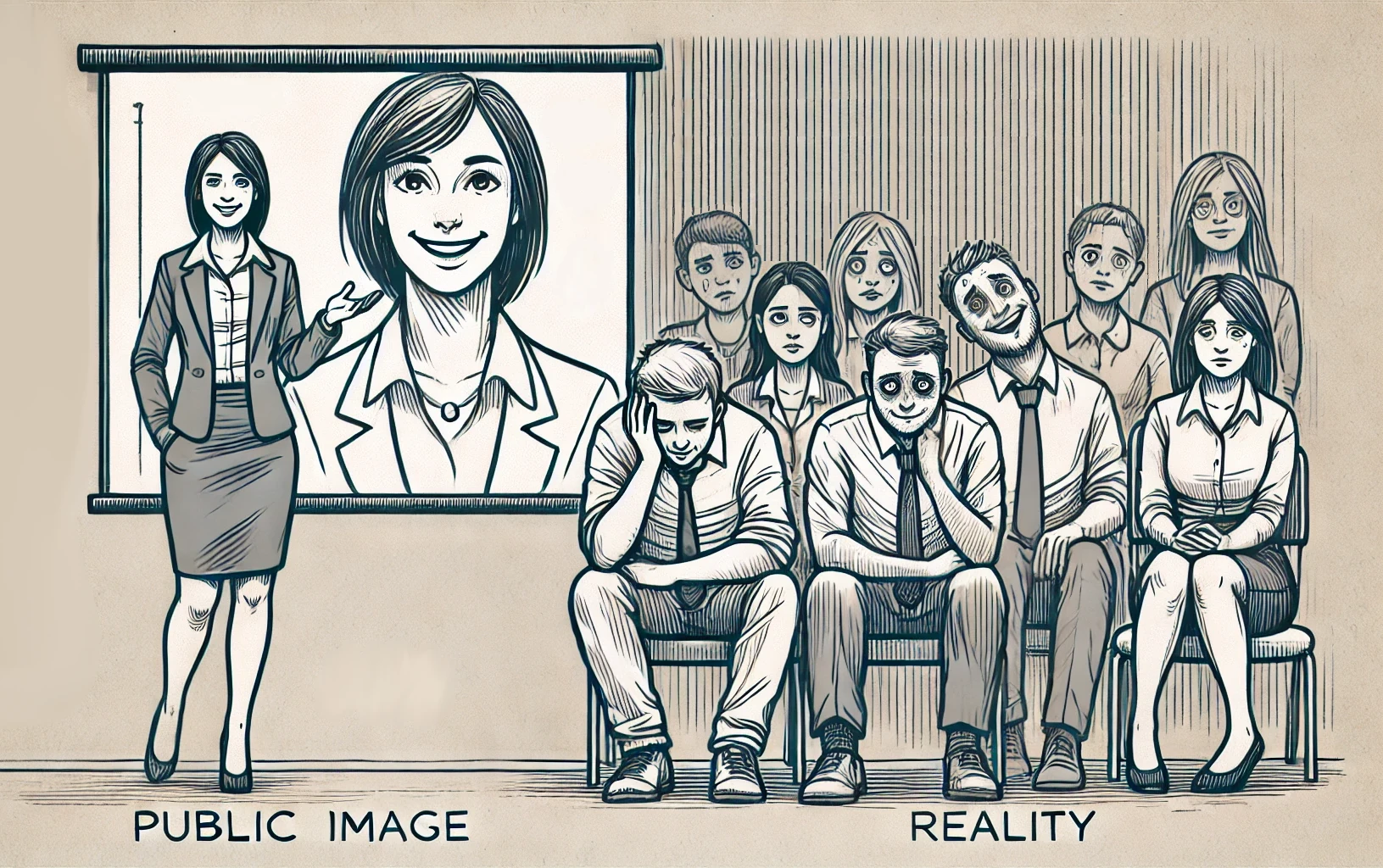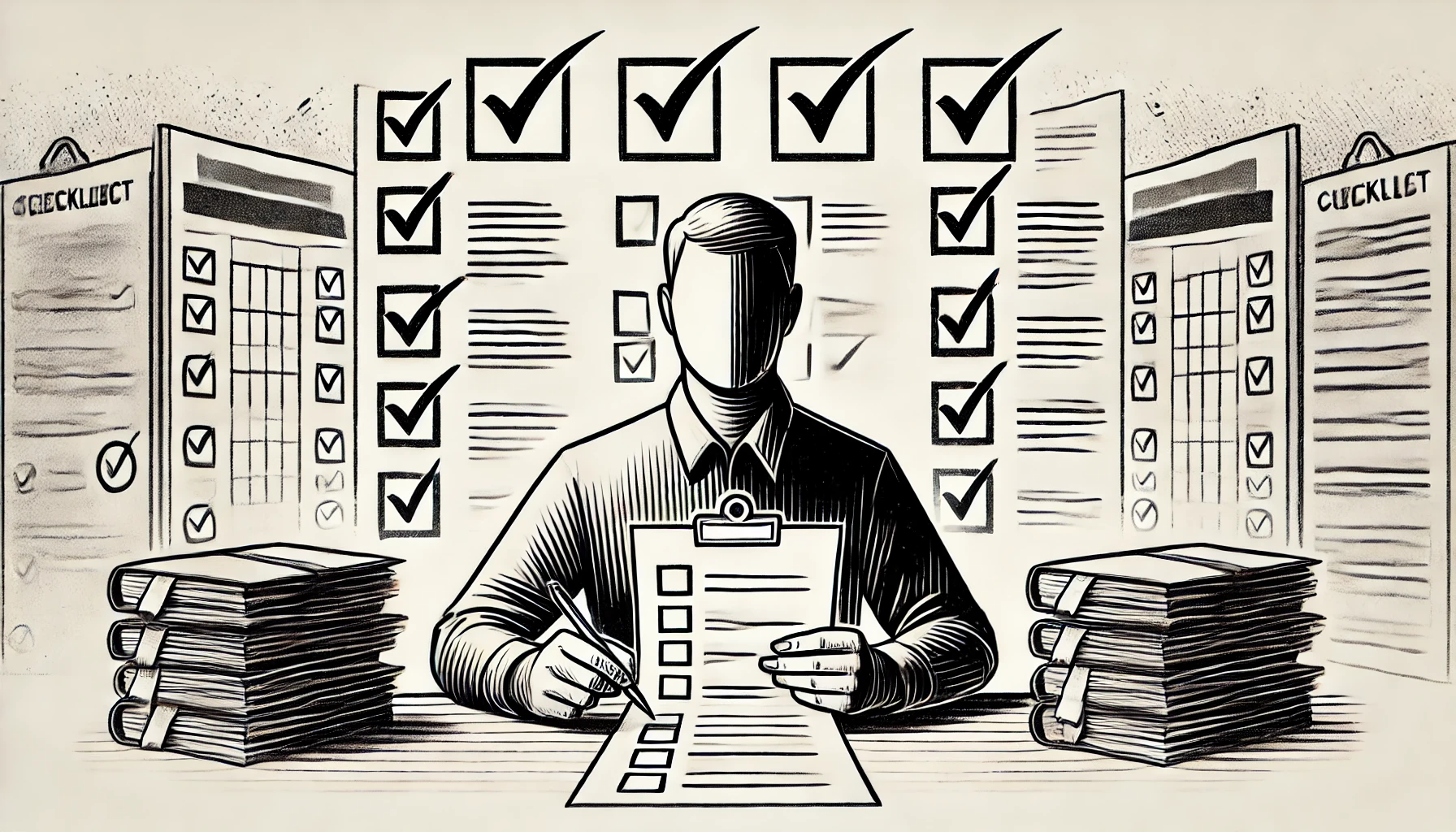
As organisations roll out new policies for mental health and safety, including the "right to disconnect", are they genuinely transforming, or just ticking boxes? I recently had a conversation with a senior HR professional about how well organisations were adapting to changes in psychosocial health and safety legislation. This professional’s view was that, for the most part, HR had successfully adapted, and that managing well-being was primarily an individual responsibility. They felt strongly that if an employee works after hours, it’s by choice, and they didn’t believe that leaders’ views on performance were impacted by whether an employee worked overtime. I mentioned that, at a recent HR seminar, a guest speaker shared data on the diminishing returns of employees who regularly work overtime. When the speaker asked a room full of Chief People Officers to raise their hands if they viewed team members who worked overtime as higher performers, nearly every hand in the room went up — albeit sheepishly. The professional I was speaking with simply shrugged and remained unconvinced.
So, was this professional right? Have organisations, broadly, responded effectively to these changes? Or is the intent of the legislation still meeting resistance from decades of cultural norms, longstanding practices, and conflicting views on the importance of mental health? Certainly, the right things are being said, but what’s going on behind the scenes?
1. The Ongoing Stigma Around Mental Health
In its 2024 State of Workplace Empathy Report, Businessolver found that “81% of CEOs, 72% of HR leaders, and 67% of employees ‘agree’ that companies view someone with mental health issues as weak or a burden.” Similarly, a November 2022 report by the Australian National Mental Health Commission revealed that one in three people reported unfair treatment in the workplace related to mental health. More concerningly, it found that:
"People who experienced discrimination were more than twice as likely to avoid healthcare at some point in the last year because of anticipated negative reactions to their mental health condition. They were also three times more likely to have decided not to apply for employment opportunities."
This suggests that not only do people believe there are consequences for reporting mental health issues in the workplace, but ongoing stigma also impacts how openly mental health issues are identified and treated. Some people overseeing psychosocial risk programs might point to business leaders’ statements supporting mental health as a way to reduce stigma. But while mental health messaging is widespread, how often are leaders backing it up with meaningful action?
2. Words Versus Actions
Here, we start to see a gap between intention and impact. In the Businessolver survey, 52% of CEOs admitted they believed their workplace culture was toxic, up from 42% in 2023. Yet, despite recognising this issue, many leaders aren’t taking proactive steps to address it. The reasons likely vary, but common factors include:
- Limited empathy for how poor culture impacts mental health, as we see in the views mentioned above.
- Underestimating managers’ influence on their teams’ well-being. As HBR reported in 2018, a lack of self-awareness in leadership leads them to consistently fail to recognise how their actions affect and will be interpreted by others. Or as McKinsey reported in 2020:
“Many senior leaders consistently overestimate how much they are part of the solution and not the problem in a range of organisational matters.”
- Leaders’ own struggles with stress, potentially affecting their capacity to drive change.
In a 2021 article in the Stanford Social Innovation Review, it was noted that while many CEOs publicly support mental health initiatives, there’s often a gap between their statements and actions. This suggests that some leaders might see mental health issues as signs of weakness, which affects their commitment to meaningful change. Could these entrenched views be impacting how organisations are actually applying legislative changes?
3. Compliance Versus Culture
While many organisations increasingly recognise the importance of managing psychosocial risks, the adequacy of their responses varies. Some have implemented comprehensive strategies, while others still rely on minimal compliance measures. However, real cultural transformation requires moving from a compliance exercise to a genuine commitment to change, and there’s concern that many organisations treat psychosocial risk management as just another compliance exercise rather than a real cultural shift.

A report by the Australian Council of Trade Unions (ACTU) found that many employers implement superficial measures, such as policy updates, without integrating them into daily practices. The ACTU stressed that genuine cultural change is essential for managing psychosocial risks effectively. Similarly, a 2023 article by the Dattner Group highlighted that despite the introduction of ISO 45003—a standard guiding psychosocial risk management—many organisations have yet to fully integrate these practices. Dattner Group stresses that leaders must go beyond compliance and foster a culture prioritising psychological safety.
Law firm HFW has also observed that following new WHS regulations, some organisations continue to rely on superficial compliance measures. HFW advises that, to meet legal obligations and protect employee well-being, businesses should adopt comprehensive risk management systems addressing psychosocial hazards proactively.
While some organisations have made significant progress, there’s still a need for a more proactive, integrated approach across the board. Moving from a compliance mindset to one focused on prevention and cultural change is essential for employee well-being and organisational health. But culture change is challenging—especially for organisations whose business models depend on conditions that can negatively impact mental health, like regular unpaid overtime.
Here’s how to tell if your approach is truly culture-driven:
A Culture-Driven Approach
So, what does it take to move beyond compliance and foster a truly supportive workplace? Key elements of a culture-driven approach to managing psychosocial risks include:
-
Leadership Commitment: Senior management must actively demonstrate a commitment to psychological safety by embedding it in the organisation’s values and decision-making. The emphasis here is on demonstrating commitment. Advocacy alone isn’t enough; change only begins when employees see proactive steps toward achieving these ideals.
-
Employee Participation: Encouraging open communication and involving employees in identifying and addressing psychosocial hazards ensures that interventions are relevant. Efforts to drive change will fail if employees feel unheard or if existing issues go unaddressed.
-
Comprehensive Policies and Procedures: Clear policies that address psychosocial risks—such as bullying and stress—create a prevention and management framework that employees can rely on.
-
Training and Education: To drive culture change, it’s essential to build skills, not just awareness. Just because a food critic knows a five-star meal when they taste it doesn’t mean they can cook. Ask them to make toast, and you might need a fire extinguisher. Effective training should be practical, ongoing, and help employees recognise and manage psychosocial risks within their specific context.
-
Regular Monitoring and Evaluation: Continuous assessment of psychosocial risk management strategies allows for timely issue identification and adjustment, ensuring effectiveness.
-
Support Systems: Access to mental health resources and employee assistance programs (EAPs) can help those in need. However, keep in mind that EAPs often focus on symptoms rather than root causes, and utilisation rates tend to be low.
Building a culture that proactively manages psychosocial risks can be complex, but it doesn’t have to be difficult. By thinking systemically and incorporating diverse perspectives across your organisation, you can create a plan that addresses most of the necessary changes. And if you need help, there’s a wealth of resources available to support your efforts.
True change is found not in checking boxes, but in the culture we cultivate. With a proactive and empathetic approach to psychosocial risks, we safeguard our employees and create resilient organisations.
References
- BusinessSolver: 2024 State of Workplace Empathy
- National Mental Health Commission: Survey of Mental Health-Related Stigma and Discrimination
- Stanford Social Innovation Review: Mental Health Starts at the Top
- Ashurst: Every organisation in Australia must act to manage psychosocial risks in the workplace
- Dattner Group: Understanding the Changing Legislation Around Psychosocial Risk and Psychological Safety in Australia
- HFW: Australia: Risky business – addressing psychosocial hazards in the workplace